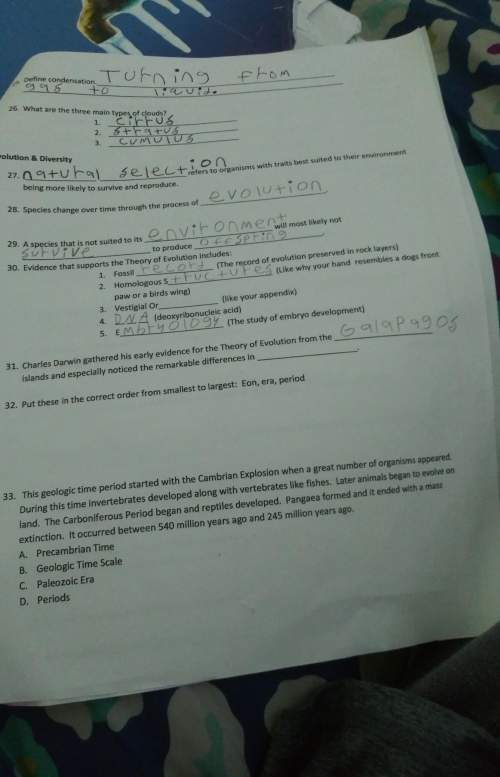

Answers: 1
Another question on Physics

Physics, 21.06.2019 20:40
In a steady-flow steam power plant system, two adiabatic high-pressure and low-pressure turbines ane used to generate power. superheated steam enters the high-pressure turbine at 8 mpa and 550°c. the steam expands in the high-pressure turbine to a saturated vapor at 3 mpa. in order to increase the powe generation of the power plant, another steam turbine working in a lower pressure ranges is deployed. the outlet vapor from the first turbine is heated up at a boiler to the temperature of 500 c at the constant pressure of first turbine's outlet (3 mpa). then, the vapor enters the second turbine and produces extra work. the exit conditions of the second turbine are 5o kpa and 90 percent quality. if the total power output of the power plant is 25 mw, determine a) the mass flow rate of the water (kg/s). b) heat transfer rate in the boiler (mw). (30 points) 3 mpa 00 c 8 mpa s0 c high pres turbine low pres boiler turbine 50 kpa 3 mpa 09 saturated vapor t heat engine, shown in the figure, operates between high temperature and low temperature of through a heat 4. a carnot tn and tu respectively. this heat engine receives energy from a heat reservoir at t exchanger where the heat transferred is proportional to the temperature difference as ? = k (z,-7, ). it rejects heat at a given low temperature tl. to design the heat engine for maximum work output, find the high temperature, th, as a function of tes and t. (15 points) qe
Answers: 3

Physics, 21.06.2019 22:10
Ascrew incorporates which other simple machine? lever wheel and axle inclined plane pulley
Answers: 3


Physics, 22.06.2019 22:00
The inside surface of a cylindrical-shaped cave of inner diameter 1.0 m is continuously covered with a very thin layer of water. the cave is very long and it is open on both ends. the water on the cave surface is at a constant temperature of 15.5 °c. the cave is constantly exposed to wind such that 15.5 °c air flows through the cave at 4.5 m/s. the kinematic viscosity of the air is 14.66 x 10-6 m2/s and the molecular diffusion coefficient of water vapor in the air is 0.239 x 10-4 m2/s. because the cave diameter is so large, the flow of wind down the length of the cave, in the x direction, can be treated like it is external flow and the cave surface can be approximated as flat where appropriate. calculate the x value, in a) the transition to turbulent flow occurs at rex meters, where the air flow transitions from laminar to turbulent along the inside surface of the cave b) calculate the x value, in meters, where the bulk steady state concentration of water vapor in the air flowing in the cave is 10% of the saturation concentration. assume the air at the surface of the water layer is 100% saturated with water vapor. assume the wind entering the cave contained no moisture before it entered the cave. take into account the transition from laminar to turbulent flow when solving part b
Answers: 1
You know the right answer?
Use the particle theory of matter to explain why stirring increases the rate of dissolving....
Questions

History, 18.09.2019 01:10







Social Studies, 18.09.2019 01:10











Mathematics, 18.09.2019 01:10

English, 18.09.2019 01:10




